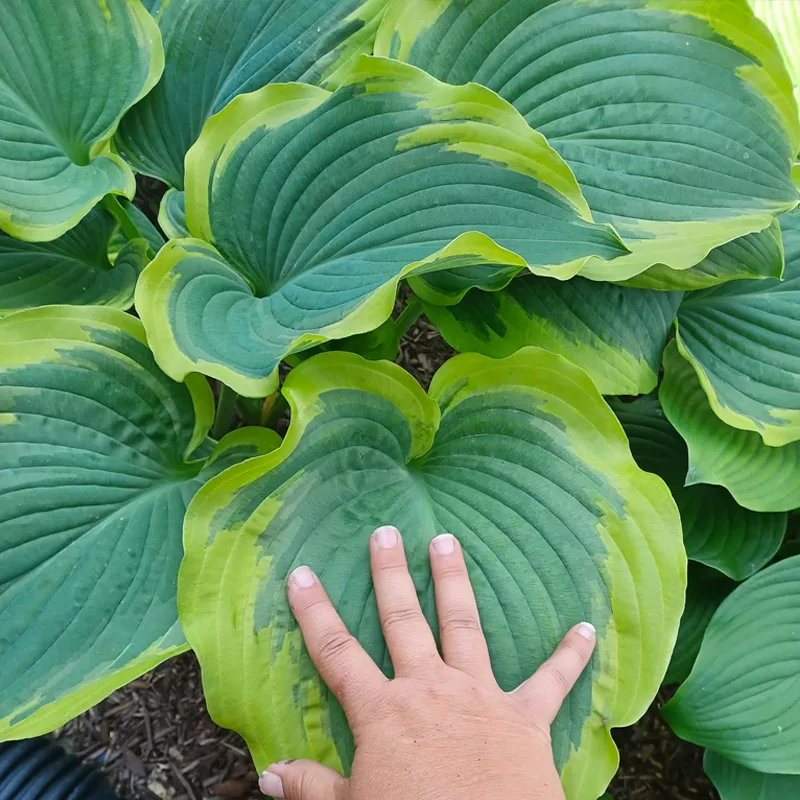
All You Need to Know About Coreopsis Verticillata: A Gardener’s Guide
I’m Ferb Vu, and I’m here to answer all your burning questions about Coreopsis verticillata, also known as Threadleaf Coreopsis or Whorled Tickseed. This cheerful wildflower native to North America has become a favorite in gardens worldwide, bringing sunshine and low-maintenance beauty to any landscape.
39 Species in Genus Coreopsis
What is Coreopsis Verticillata?
Coreopsis verticillata, synonym of Gyrophyllum Verticillatum, is a herbaceous perennial belonging to the sunflower family (Asteraceae). It’s a charmer, reaching a height of 2-3 feet with a similar spread. Its delicate, thread-like, dark green leaves add a textural element, while the star of the show is undoubtedly the profusion of golden-yellow flowers. These daisy-like blooms boast a dark brown center and boast long bloom times, adding cheer to your garden from early summer right through fall.
How to Care for Coreopsis Verticillata?
This easy-going perennial is a dream for busy gardeners. Here’s what you need to know to keep your Coreopsis verticillata thriving:
- Sun: They love to bask in at least 6-8 hours of direct sunlight daily.
- Soil: Coreopsis verticillata isn’t fussy about soil. Well-drained average to sandy soil is perfect, but they can handle clay or slightly acidic soil too.
- Watering: Water regularly, especially during the first growing season, but they’re quite drought tolerant once established.
- Fertilizer: Not necessary! In fact, too much fertilizer can reduce flowering.
How to Propagate Coreopsis Verticillata?
There are two main ways to multiply your Coreopsis verticillata and share the joy:
- Division: The easiest method. Dig up clumps in early spring or fall, and carefully divide them with a sharp knife, ensuring each section has healthy roots and shoots. Replant the divisions and water well.
- Seeds: Sow seeds directly outdoors in fall or early spring after lightly disturbing the soil surface. Seedlings should emerge in a couple of weeks.
What to Plant with Coreopsis Verticillata?
Coreopsis verticillata’s airy form and sunny blooms make it a fantastic companion plant for many other summer beauties. Here are a few ideas:
- Perennials: Salvias, Lavender, Echinacea, Shasta Daisies, Catmint.
- Grasses: Blue Fescue, Maiden Grass.
- Annuals: Cosmos, Verbena, Zinnias.
Common Problems with Coreopsis Verticillata
Thankfully, Coreopsis verticillata is a relatively problem-free plant. However, keep an eye out for:
- Powdery mildew: This fungal disease appears as white spots on leaves. Improve air circulation and use fungicide if necessary.
- Slugs and snails: These munch on leaves. Use organic slug and snail control methods.
Additional Tips for Coreopsis Verticillata
- Deadheading: Removing spent blooms encourages continuous flowering. Simply pinch off the flower heads just below the faded bloom.
- Cutting Back: For bushier growth and to prevent flopping, cut back the stems by about a third in midsummer. This will also encourage a second wave of blooms.
Conclusion
Coreopsis verticillata is a delightful addition to any garden. Its low-maintenance nature, long bloom time, and cheerful yellow flowers make it a winner. With a little care, you can enjoy this sunshine-loving perennial for years to come. Happy gardening!
If i die, water my plants!



